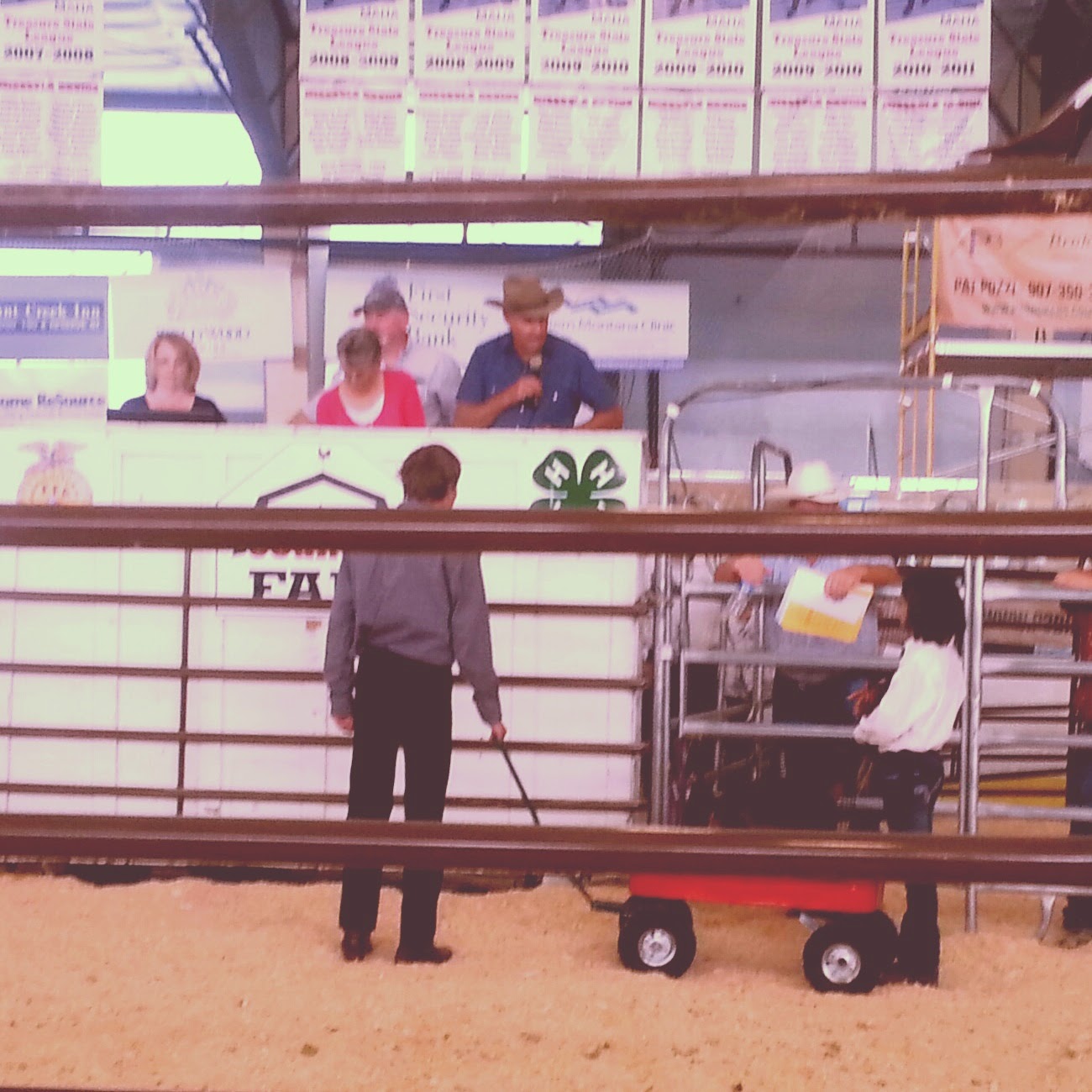However, after a social at our garden, I was reminded it was time to update my garden bird list. After some investigating, I realized the bird list on my blog had become woefully out dated (and I realized I was not the Montana "Chicken" Gardener, but the Montana "Wildlife" Gardener). I hadn’t formally updated the bird list on my blog since about 2009.
Despite that I spend a lot of my time at work building, maintaining, accessing and editing databases, evidently my bird list is not in one! So, after some copy and pasting, and tediously searching my blog, I have revised my bird list. And here it is.
For those interested in exclusively the number, that number is 71.
Some details about my bird list, this list probably under-represents some species (like flycatchers- I don’t even really try with those!), and I only count birds that use the garden. That is, I don’t count fly-over’s, or even birds I can see from my yard- they have to be doing something like scratching on the ground, gleaning insects from leaves, bathing, nesting, eating one another, etc… To me flyovers are just happenstance- they do not reflect what I am trying to accomplish in the garden, that is, to create habitat for a variety of wildlife using plants native to the Missoula area.
I was struck by several things after reviewing the list.
- Apparently I need to spend some time reading my own blog. This year I remarked that the vesper sparrow as a new arrival in the garden- they same way I made that proclamation in 2010.
- Birds that were once annual common like common redpoll and pine siskin in the winter, I haven’t seen in 10 years.
- A lot of common, local birds aren’t in the garden, and some uncommon local birds are.
- If I counted fly-over’s, I would have a lot more birds on my list (bald eagles, red tailed hawks, osprey, great blue heron, turkey vultures, red tailed hawks, Canada geese, canvasbacks, blue winged teal, mallards, California gulls, etc…) regularly fly overhead. Even rock doves.
- I grudgingly acknowledged the trash birds- the one’s I try to keep out; house sparrows, Eurasian collard doves, and European starlings in this list













